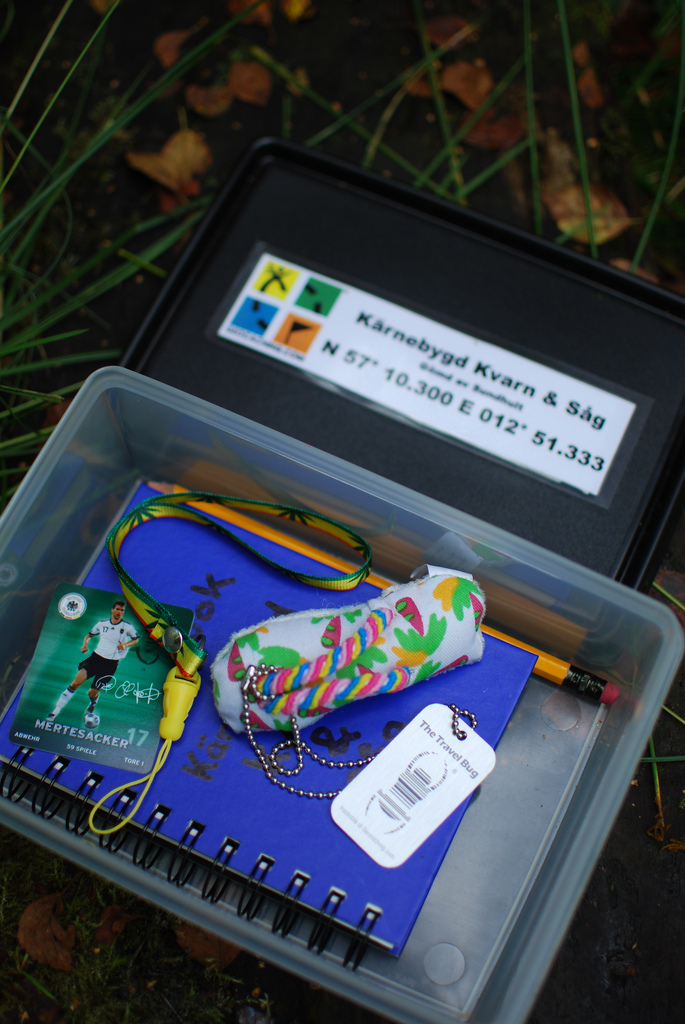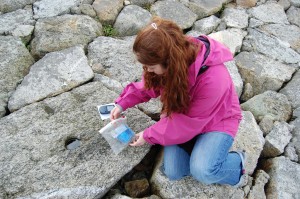
What is Geocaching? It’s like a real-life treasure hunt and is a great way to make a walk in the woods just a bit more interesting!
Julianne Robertson explains what it is and how to do it.
What is it?
Players use a handheld GPS device or a smartphone to look for a set of co-ordinates near to wherever they are and find the geocache (or treasure!) hidden at that location. These are usually a small container of some kind with a logbook and ‘treasure’ inside – this can be anything, like a little toy, some stickers, a badge, a pretty stone – basically anything small enough to fit inside and be worth finding!

Image
Sounds good! How do I get started?
Go to the website www.geocaching.com and register – it’s free to sign up. Then you put in your postcode and you should see a list of all the geocaches near to where you live. Choose one and you’ll get the co-ordinates you need to put into the GPS, as well as a description of the area and clues about how to find the cache.
Are geocaches always hidden in the woods?
No – there are geocaches all over the world and they are usually put in places which are important to the person hiding them. Some are hidden in forest areas, others are in local parks, or city streets – even underwater! There are also different sizes of geocache and a range of difficulty – you should probably start with one that’s easy, at least to begin with!
What do I do when I find one – can I keep the treasure?!
Yes, but you should replace anything you keep with something of equal or greater value. You should also write about your find in the logbook and when you get home log your experience on the website too, so that others know the cache is still active.

Can I hide my own cache for others to find?
Yes, once you’ve found a few caches you’ll know what makes a good geocache and hiding place, and you might want to create your own! There are lots of guidelines on the website about how to do it.
Now you know about geocaching – go and try it! It’s a great activity to do with your family or a group of friends. Once you’ve found one, you’ll want to find more!
Julianne Robertson is a freelance journalist, based in Dundee. Her background is radio news, and she now writes features and reviews, specialising in parenting, faith and religion, events and lifestyle issues.
Featured Image
Read More...






